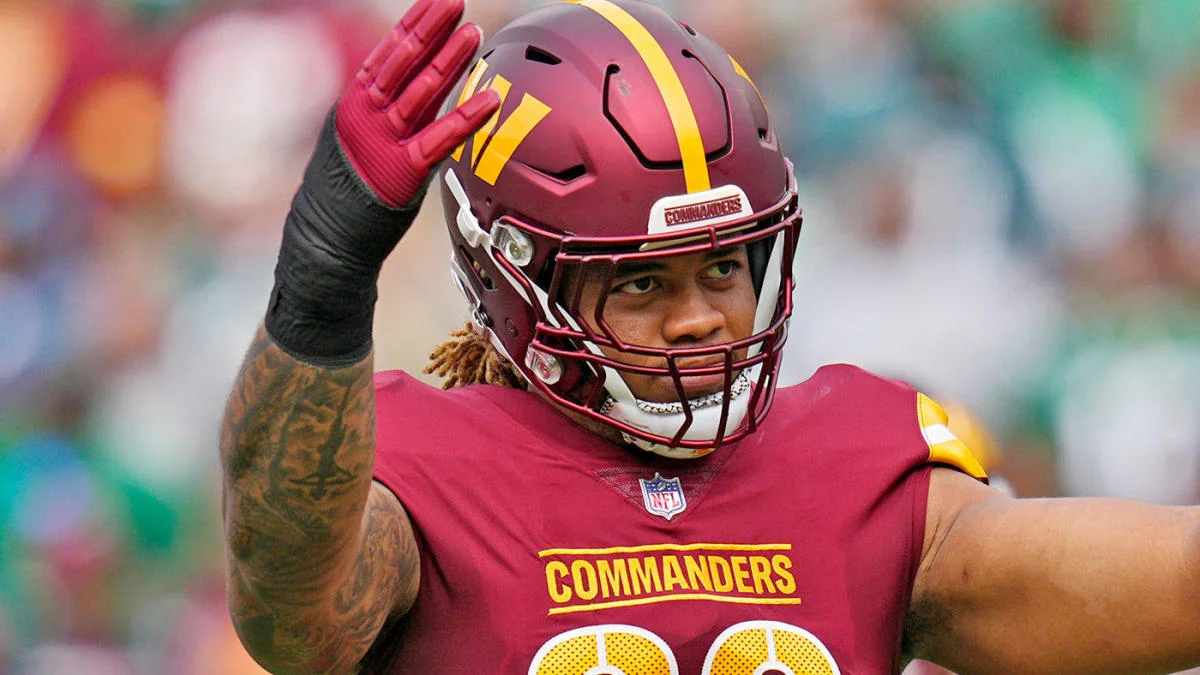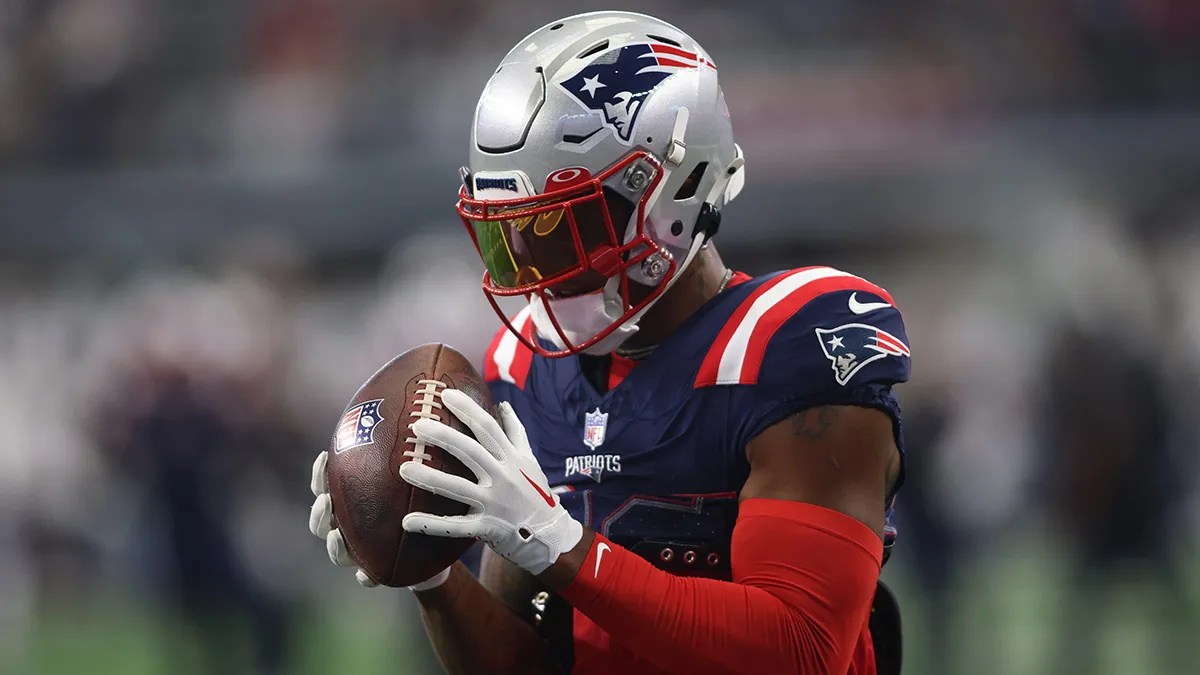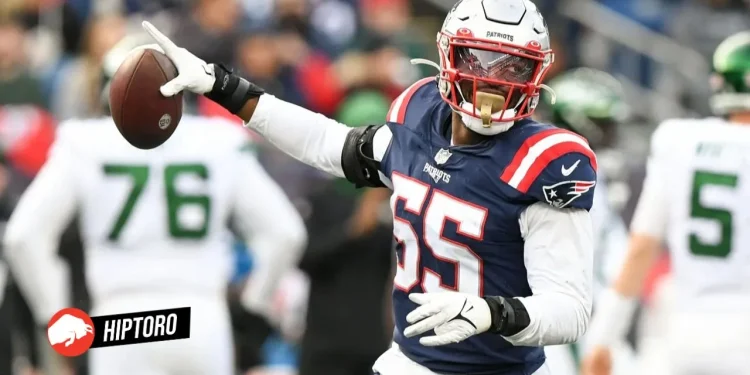In a move that’s stirred the pot within the National Football League’s strategic gameplay, NFL owners have recently voted to push the trade deadline back to the Tuesday following Week 9 games. This adjustment from its previous setting a week earlier marks a significant shift in the league’s operational playbook. This decision, largely influenced by the introduction of an additional regular-season game as per the 2021 collective bargaining agreement, aims to recalibrate the season’s timeline to better fit its expanded format.
The Pittsburgh Steelers were the proponents behind this pivotal change, arguing for the necessity of this shift in light of the extended season. But beyond the logistical recalibration, this decision opens up a Pandora’s box of strategic possibilities and potentially season-defining moves.

The New NFL Trade Deadline: A Game of Calculated Risks and Rewards
With the trade deadline now set for November 5 during the 2024 season, teams find themselves with an extra week to gauge their standing and playoff viability. This additional breathing room could be the difference between making a push for glory or strategically pulling back to regroup for future campaigns. Injuries sustained in Week 9, for example, can drastically alter a team’s trajectory, prompting an immediate reassessment of strategies and assets.
Ian Rapoport of NFL Network encapsulates the sentiment around this change, suggesting it “probably leads to more trades.” The rationale is straightforward: more time to evaluate means a better understanding of a team’s needs and how best to address them through the market. This could lead to increased activity as teams look to offload aging stars on expiring contracts to contenders in need of a final piece for a Super Bowl run.
What are your thoughts on some of the new rule changes?
– Hip drop tackles banned
– New kickoff rule change
– NFL trade deadline moved to week 9 (was week 8) pic.twitter.com/eDdzAs698a
— The Blue Stable (@TheBlue_Stable) March 26, 2024
The Los Angeles Rams’ journey to Super Bowl LVI victory, bolstered by midseason acquisitions like Von Miller and Odell Beckham Jr., stands as a testament to the potential impact such moves can have. However, this flexibility isn’t without its concerns. There was apprehension that extending the trade deadline might encourage a defeatist attitude among teams off to a poor start, potentially leading to a ‘fire sale’ mentality that could dilute the competitive integrity of the league as the race for the playoffs intensifies.
Rapoport addressed these concerns, noting that the reality is more nuanced. The ethos of competition runs deep, and the fear of teams wholesale dumping talent appears to be unfounded. The strategic sell-off of high-value veterans to contenders is a balanced approach that maintains competitiveness while allowing for future planning.

Balancing Act: Competitive Integrity and Strategic Flexibility
The underlying narrative of this change speaks to a broader theme within the NFL: the balance between maintaining a competitive league and allowing teams the flexibility to navigate through an extended season. While some advocated for pushing the deadline even further, the consensus settled on a compromise that reflects a cautious optimism about the league’s ability to adapt without compromising its core values.
As the 2024 season approaches, the implications of this rule change will unfold in real-time.
Teams will undoubtedly experiment with their strategies, testing the waters of this new framework. Whether this leads to a flurry of last-minute deals or a more measured approach to midseason adjustments remains to be seen. However, one thing is clear: the extended trade deadline is poised to introduce a new layer of strategic depth to the NFL, challenging teams to rethink their approach to roster management and competitive strategy in pursuit of the ultimate goal—Super Bowl glory.

Source: Fan Sided









